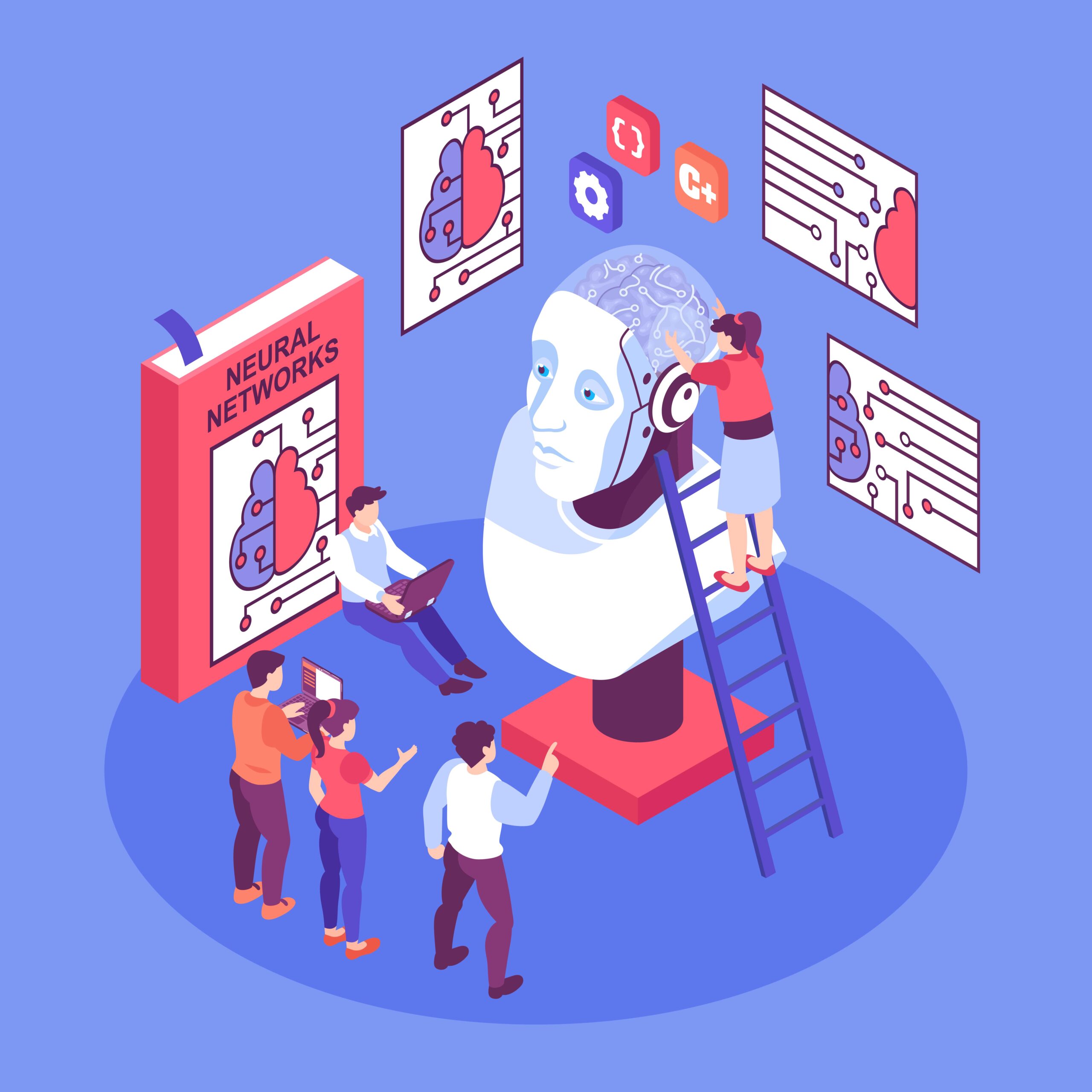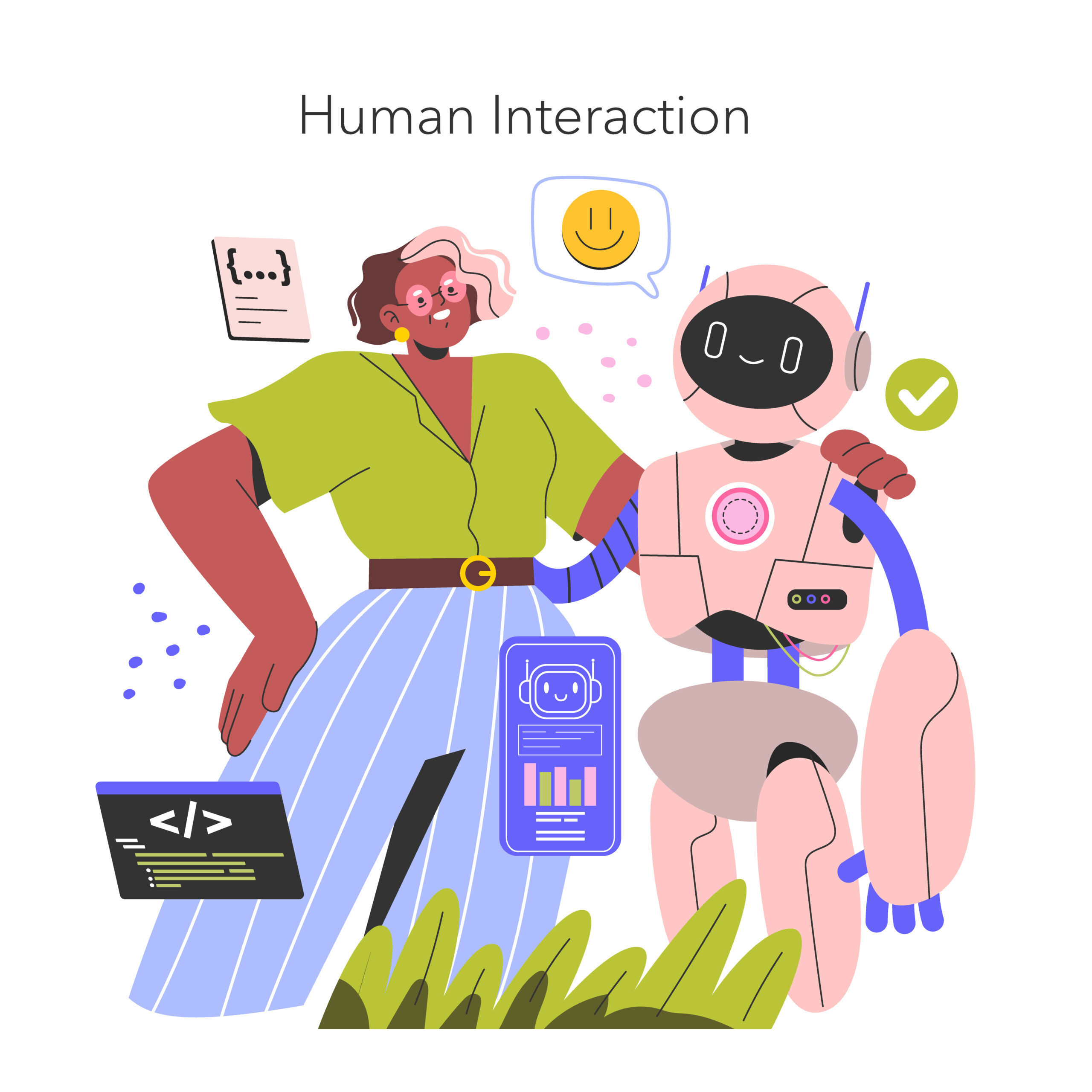AI × Culture: Personalization Without Stereotypes
Operational Guardrails for AI-Driven Targeting That Respects Identity and Context
Published by DV8 Communication
Why “Culture-Aware AI” Matters Now
In 2025, AI is no longer just a tool for efficiency, it’s shaping the way brands connect with people every day. From content generation to precision targeting, AI makes personalization scalable. But in a multicultural market like Canada, there’s a catch: personalization without cultural sensitivity can quickly slip into stereotyping.
Audiences notice when they’re reduced to clichés, whether that’s overused holiday symbols, narrow language assumptions, or ignoring generational nuance. And when people feel “othered,” trust erodes. At DV8, we believe AI should amplify connection, not flatten identity. That means building personalization with guardrails that respect cultural context and lived experience.

Five Guardrails for Culture-Safe AI Personalization
Here’s how brands can keep AI-driven campaigns resonant and respectful:
| Guardrail | Why It Matters | How to Apply It |
| Data diversity & bias audits | Prevent skew toward majority culture | Include underrepresented groups in datasets; review for demographic or cultural bias |
| Cultural prompting & context alignment | Guide AI to reflect cultural nuance | Use prompts and language models tuned to specific communities (dialects, idioms, symbolism) |
| Human-in-the-loop | Machines can’t replace lived experience | Have cultural reviewers validate outputs before launch |
| Transparency & explainability | Builds accountability and trust | Keep records of why content was served and what signals guided it |
| Feedback & adaptation loops | Audiences evolve; so must AI | Monitor results, listen to feedback, and retrain when campaigns misfire |
These aren’t just “nice to have.” They’re the operational difference between respectful personalization and reputational risk.
What This Looks Like in Practice
Imagine you’re targeting South Asian Canadians during Diwali. A default AI engine might simply push out ads drenched in fireworks and generic festive greetings. That’s surface-level. A culture-aware AI approach would:
- Segment intelligently: First-gen audiences may respond to traditional motifs; second-gen may prefer modern or bilingual expressions.
- Contextualize offers: Highlight family-centric bundles, not just discounts.
- Test symbols: Validate imagery before rollout to avoid reinforcing clichés.
- Adapt in real time: If a creative underperforms or triggers negative sentiment, AI should pivot — with human oversight.
The result? Campaigns that feel authentic rather than formulaic.
AI + Human = Efficiency With Empathy
AI is powerful at scale, but it doesn’t understand context on its own. That’s where humans step in bringing cultural insight, emotional intelligence, and brand alignment. The winning formula isn’t “AI versus human.” It’s “AI plus human,” working together to deliver personalization that’s both efficient and empathetic.
In multicultural markets, being seen is as important as being sold to. Culture-aware AI ensures your brand does both.
Final Takeaway
Personalization without stereotypes isn’t just possible, it’s essential. By putting cultural guardrails in place, brands can unlock the speed and precision of AI while protecting authenticity and trust.
At DV8, we help brands bridge the gap between technology and culture. If you’re ready to scale personalization without losing sight of identity, let’s talk.



